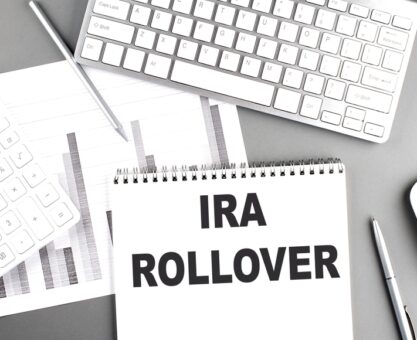How you choose to draw down your retirement accounts can shape your tax bill, the lifespan of your savings, and your ability to meet long-term financial goals. Having a clear withdrawal plan is just as important as saving for retirement in the first place.
Taxable Brokerage and Savings Accounts
Tapping into taxable accounts first is often the most tax-friendly approach. Withdrawals are generally taxed at capital gains rates, which are usually lower than ordinary income rates. Using these accounts early also gives your tax-deferred retirement funds more time to grow. You can further improve tax efficiency by strategically harvesting investment losses to offset gains.
TSP, Traditional IRA, and 401(k)
Tax-deferred accounts grow without taxes until you withdraw funds, but eventually, Uncle Sam collects his share. Required minimum distributions (RMDs) begin at age 73 (or 75 for those born in 1960 or later), and missing them leads to hefty penalties. Postponing withdrawals as long as possible allows the money to continue compounding tax-deferred, increasing its long-term value.
Roth TSP, Roth IRA, and Roth 401(k)
Since contributions are made with after-tax dollars, qualified withdrawals from Roth accounts are completely tax-free. Unlike traditional accounts, Roth accounts aren’t subject to RMDs, which means they can keep growing indefinitely. This makes them especially valuable for estate planning or for covering expenses later in life. Keeping Roth assets intact also provides a safeguard against possible future tax hikes.
Social Security
The age at which you claim Social Security benefits matters. Waiting until age 70 can increase monthly payments by 8% for each year after full retirement age. By drawing on other assets first, you can delay claiming and lock in a larger guaranteed income stream, helping protect against the risk of outliving your savings.
Blending Withdrawals Wisely
A thoughtful withdrawal strategy balances tax efficiency with cash flow needs. For example, you might take just enough from tax-deferred accounts to remain in a lower tax bracket. If you anticipate a lower-income year, converting part of a traditional IRA or 401(k) into a Roth can reduce future RMDs and create another source of tax-free income.
The Bottom Line
No single strategy works for everyone. Your health, income needs, tax situation, and retirement goals all play a role in shaping the right approach. A carefully designed withdrawal plan can lower your tax burden, extend the life of your savings, and give you financial peace of mind. Consider consulting with a Federal Retirement Consultant (FRC®) who understands your unique federal benefits and can tailor a plan to fit your needs.
























